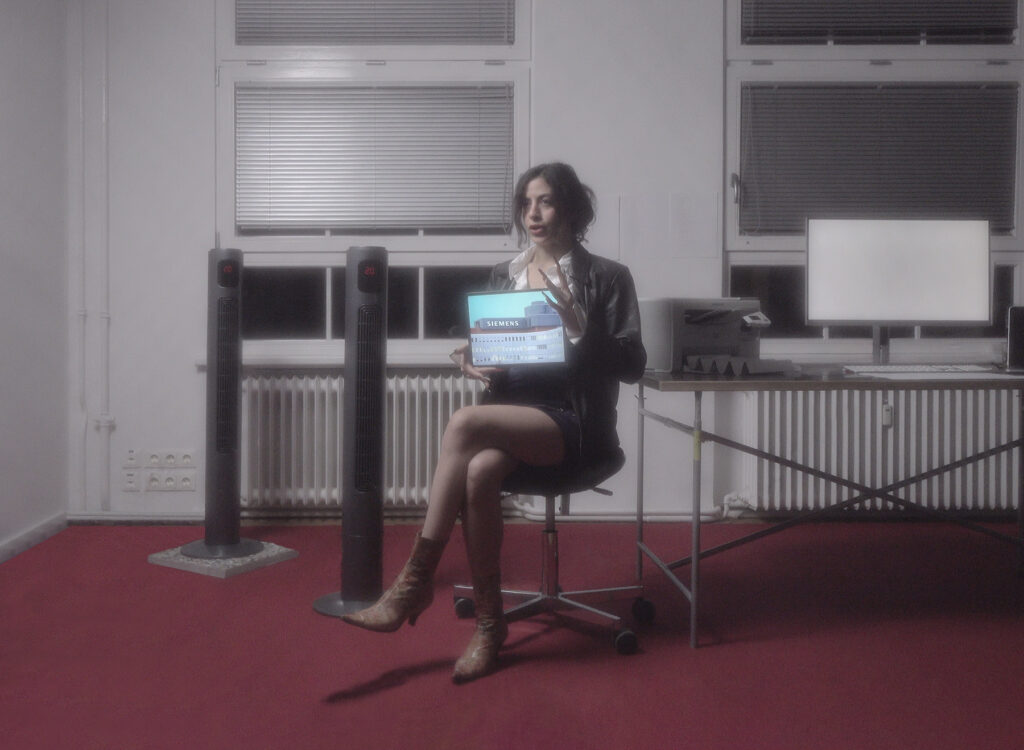Oil-for-Food (A Recap)
(2022, Series of Prints)

Oil-for-Food (A Recap) is a series of ten prints based on the 3.4 billion barrels of oil sold off by Iraq to multinational companies from 1996-2002, exploring rationed food as a branch of food history in Kurdistan.
In the biggest corruption scandal ever to face the UN, the Oil-for-Food Program generated over eleven billion Dollars of direct fortune to Saddam Hussein through a secret oil voucher system in which Iraq priced the oil below market value so that the holder of the voucher could make a significant profit when he sold it on to another middleman or international oil company. The voucher system gave Saddam political influence over world leaders and companies. The program was created next to the embargo Iraq was placed under after its Invasion of Kuwait leading to the first Gulf War. In theory, Iraq was allowed to sell off its oil to companies and states to purchase food and other humanitarian goods as the population was heavily suffering from famine, cholera epidemics, and an unfathomable child mortality rate estimated at over half a million under five-year-old children. Linking the bureaucratic modalities of the scheme to Kurdish and Iraqi migration, the work cycle Oil-for-Food depicts an asychronic feel of history in which the narrative is chaotic, never fully lived through, exploring the diasporic viewpoint through artistic production.
The first project entitled Oil-for-Food (A Recap) (2022) is a journey through images where the use of photography brings to mind first and foremost a cinematographic dramaturgy imprinted on a film that has, however, been cropped, its frames separated and redistributed, to create new spaces of observation, imagination and construction of meaning. It is in fact within this missing space that we can imagine — a seemingly empty middle space between the images but instead profoundly allegorical — that turns the attention to interrogating precisely the non-visible and the processes of invisibilisation that continue to manifest themselves in the geopolitical context of Kurdistan. In this case, we are between a past and a present that find no respite.
To accompany this visual and imaginative journey, the use of subtitles, words that aim to decontextualize our vision, questions the capacity of images in being able to return reality, to unmask at the same time their testimonial partiality and solicit the eyes of our mind to seek and look further afield, beyond the visible.